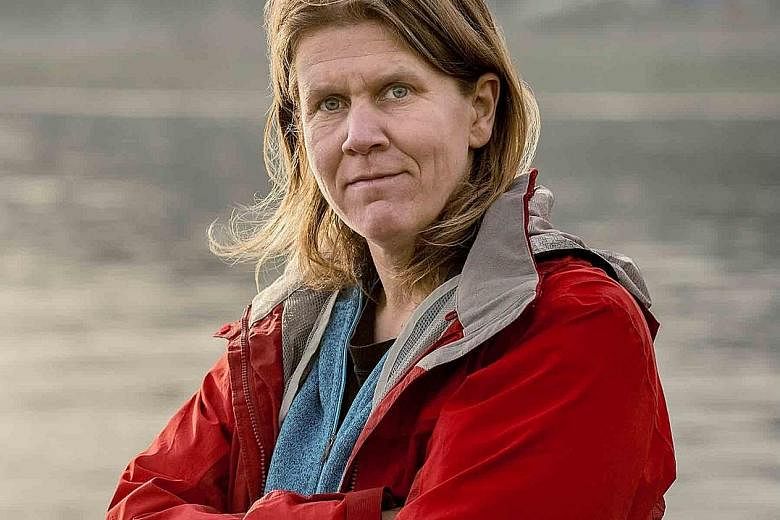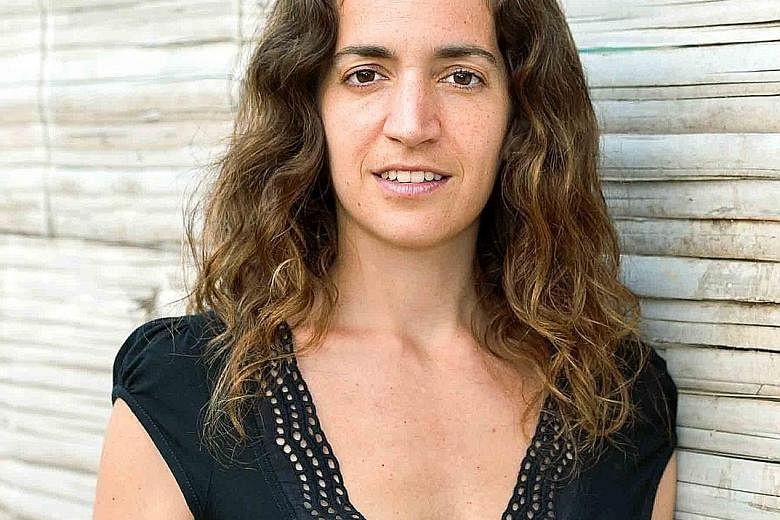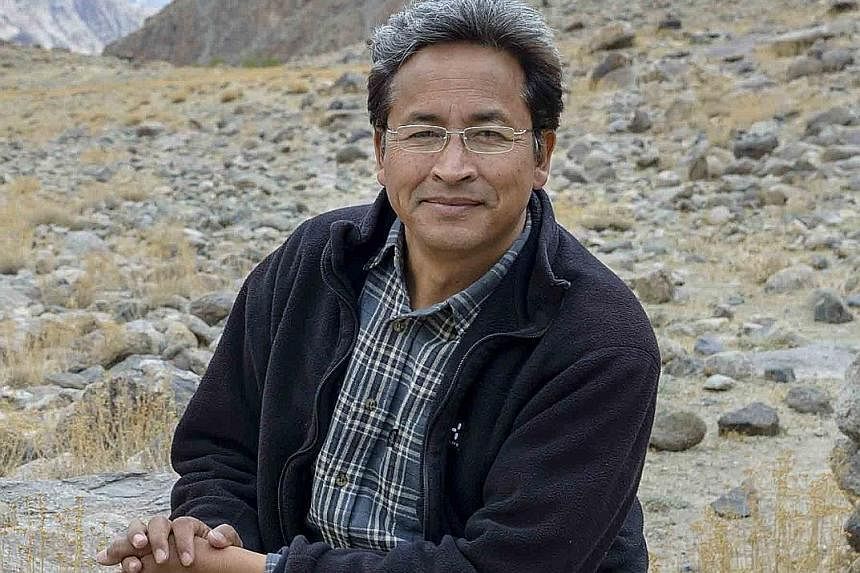LOS ANGELES • A polar scientist, a robotic suit designer and an eye specialist who wants to save millions from going blind are among 10 innovators from around the world who have won Rolex Awards in the programme's 40th anniversary year.
The 10 Laureates and Young Laureates were recognised on Tuesday night at a public awards ceremony in Los Angeles.
The Rolex Awards is an international philanthropic programme that supports new and ongoing projects by individuals taking on major challenges to benefit mankind. It has served as a benchmark for corporate philanthropy the world over for four decades.
Other winners honoured on Tuesday night have projects as diverse as technology to stop hunger, and conservation initiatives to save species and habitats.
"I have learnt patience here. Things don't always go to plan, so you always have to have a plan B," said Dr Vreni Haussermann, 46, of the southern fjords of Chilean Patagonia where she has lived and worked for nearly two decades.
She documents the unknown and unique life at the bottom of the sea, combining exploration and science to aid conservation.
The 10 winners this year join the 130 Laureates who have gone before them in the 40 years since the launch of the awards in 1976.
The programme was created to observe the half-century celebration of the iconic Rolex Oyster chronometer, the world's first waterproof wristwatch.
Hundreds of luminaries, leading scientists, environmentalists and business people from Los Angeles and abroad gathered on Tuesday evening at the Dolby Theatre, a Hollywood landmark renowned for being the home of the Academy Awards, to celebrate the spirit of enterprise displayed by the winners.
Among those honoured was 32-year-old biologist Kerstin Forsberg from Peru, who helps protect manta rays.
"They're marvellous flagships for all vulnerable marine species," said Ms Forsberg, whose Planeta Oceano organisation has worked with fishermen, schools, communities and the government to change perceptions of mantas, not just their ecological importance but also their value as tourist attractions.
"We are celebrating a very significant occasion in the history of the Awards and in the history of Rolex," said Ms Rebecca Irvin, Head of Philanthropy at Rolex.
"Forty years ago the company initiated the Rolex Awards to commemorate the 50th anniversary of the Oyster in a manner that reflected the spirit of enterprise on which the company was founded."
The six men and four women were chosen by an international jury of 12 eminent experts who selected them after meeting the finalists, who had been shortlisted from 2,322 applicants representing 144 nationalities.
Each Laureate receives 100,000 Swiss francs (S$141,000) and each Young Laureate 50,000 Swiss francs to advance their projects. All receive a Rolex chronometer and worldwide publicity.
Engineer Sonam Wangchuk, 50, already has plans for his award.
The 50-year-old from Ladakh, India, builds "ice stupas", or artificial glaciers, to supply water for agriculture in the desert landscapes of the western Himalayas.
With his Rolex Award funds, he intends to create up to 20 ice stupas, each 30m high, and initiate a substantial tree-planting programme on the desert, once the new water supply system is established.



